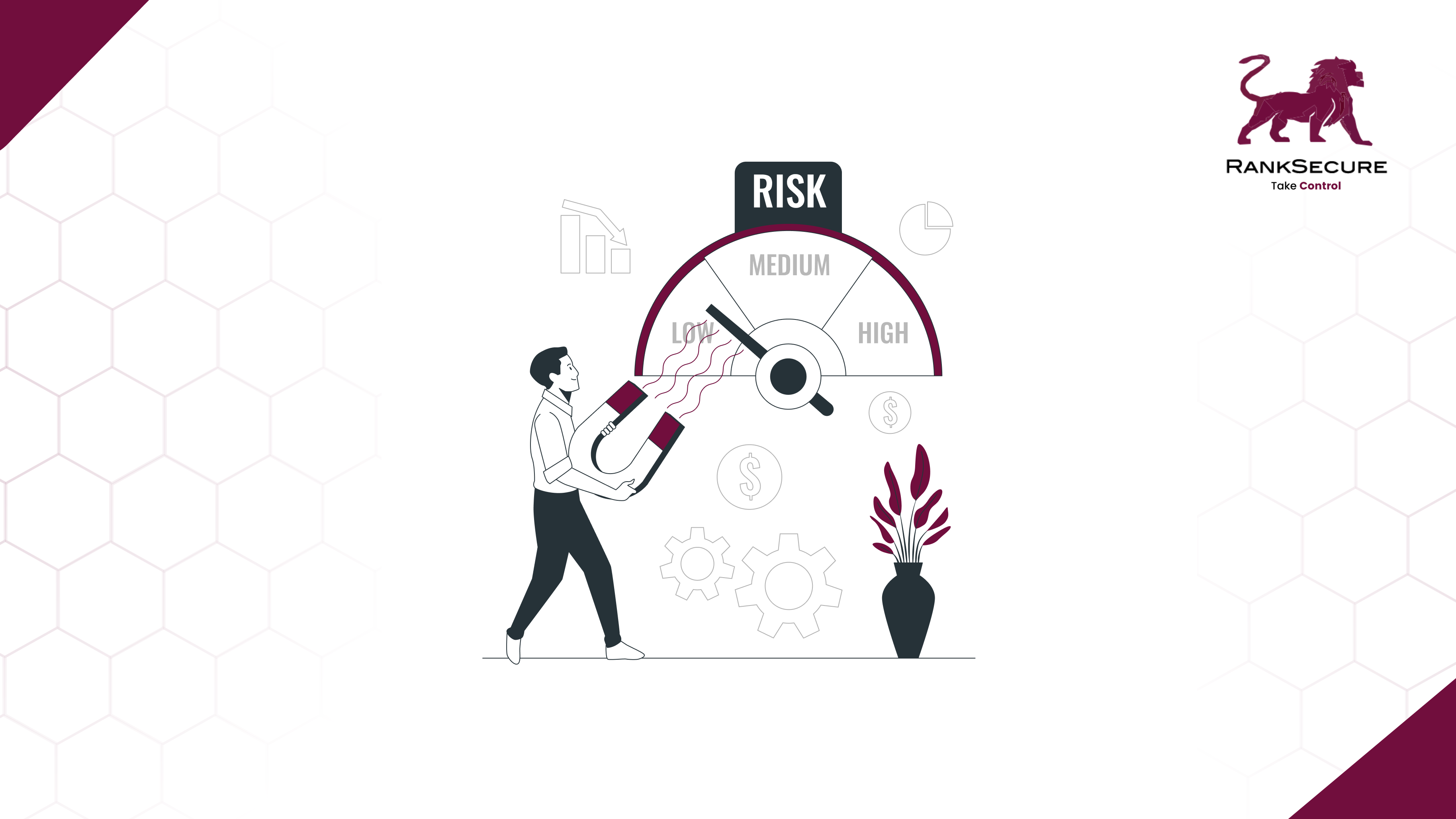
Addressing Common Misconceptions About Vulnerability Assessment Services
Introduction
In an era where digital threats lurk around every corner, understanding the realities of cybersecurity practices is paramount. A data breach report released by IBM revealed that the average cost of a data breach in 2020 was a staggering $3.86 million, underlining the financial toll of inadequate cybersecurity measures.
With the data presented above, it’s clear that vulnerability assessment services play a crucial role in identifying and stopping potential threats. Nevertheless, misconceptions often create confusion, leading to inaccurate judgments.
This comprehensive guide delves deep into common myths surrounding vulnerability assessment, offering clarity and insight for the growth of your organisation. It’s time to debunk these myths and arm ourselves with the right information to protect our digital spaces more effectively.
Dispelling Misconceptions
Misconception 1: Vulnerability Assessment is Identical to Penetration Testing
One of the most prevalent misconceptions is equating vulnerability assessment with penetration testing. While they are related, they serve distinct purposes. Vulnerability assessment focuses on identifying vulnerabilities and weaknesses within your organisation’s systems, applications, and networks. It’s a proactive approach to risk management. Penetration testing, on the other hand, simulates real-world attacks to exploit vulnerabilities and assess the effectiveness of your organisation’s defences. Both are crucial components of a comprehensive cybersecurity strategy.
Misconception 2: Vulnerability Assessment is a One-Time Task
Some organisations mistakenly believe that vulnerability assessment is a one-and-done task. In reality, it should be an ongoing process due to the dynamic nature of cybersecurity threats. New vulnerabilities are discovered regularly, and existing vulnerabilities might evolve into more dangerous forms. Continuous vulnerability assessment helps your organisation stay ahead of potential risks and adapt your defenses accordingly.
Misconception 3: Vulnerability Assessment is Only for Large Enterprises
Contrary to the misconception that vulnerability assessment is solely for larger enterprises, its significance extends across all organisational scales. Smaller businesses are particularly susceptible to cyber threats due to their perceived vulnerability. As cybercriminals increasingly target smaller entities, recognising the essential role of assessments becomes paramount. Furthermore, even small businesses are required to comply with certain security standards. Vulnerability assessments help in meeting compliance standards as well.
Misconception 4: Vulnerability Assessment Tools Provide 100% Accuracy
Despite the advancements in vulnerability assessment tools, perfect accuracy remains elusive due to intricate system dynamics and evolving threat landscapes. False positives and negatives can arise, underscoring the need for human insight. Expertise is crucial in deciphering nuanced results and distinguishing actual risks posed by harmless anomalies. Human understanding acts as the bridge, making sure that assessments provide practical insights. This synergy between advanced tools and human acumen enhances the efficacy of vulnerability assessment, providing a comprehensive approach to cybersecurity.
Misconception 5: Automated Vulnerability Assessment Eliminates the Need for Human Expertise
While automation optimises vulnerability assessment, it cannot supplant human intelligence. The nuanced understanding that experts bring is indispensable. The role of seasoned vulnerability assessment providers extends beyond data collection; they decipher and contextualise results, ensuring accurate prioritisation of vulnerabilities. Furthermore, human judgement is pivotal in crafting tailored mitigation strategies aligned with your organisation’s unique landscape. The collaboration of automation and human expertise forms a well-rounded strategy, protecting systems from various cyber threats and potential challenges.
Misconception 6: Vulnerability Assessment Only Focuses on Technical Aspects
Vulnerability assessment in modern cybersecurity extends beyond technical aspects. It embraces social engineering, user behaviour, and organisational processes that influence security. Recognising that internal factors contribute to vulnerabilities, comprehensive assessment delves into these dimensions. This holistic approach ensures a thorough evaluation of potential weak points, resulting in a fortified security posture that guards against a spectrum of threats.
Misconception 7: External Vulnerabilities Are the Only Concern
Internal threats, often overshadowed, hold substantial danger—insider attacks and employee negligence can lead to severe breaches. A robust vulnerability assessment recognises the gravity of both external and internal vulnerabilities. It evaluates not only external points of entry but also identifies gaps within the organisation. By addressing these internal vulnerabilities, a comprehensive assessment bolsters the security fabric, safeguarding against a wide range of potential threats originating from within and beyond your organisation’s perimeter.
Misconception 8: Vulnerability Assessment is a Standalone Solution
Vulnerability assessment, while pivotal, is just a component of a broader cybersecurity strategy. To establish a holistic defence, integration is key. Combining vulnerability assessment with threat intelligence, incident response planning, and employee training forms a comprehensive framework. This approach not only identifies vulnerabilities but also equips your organisation to proactively respond to threats, fortify defences, and educate personnel. The synergy of these elements addresses the entirety of the cyber threat landscape, enhancing overall resilience.
Misconception 9: Vulnerability Assessment Services are Expensive and Inaccessible
Cloud-based assessment solutions have democratised service accessibility, making them attainable to a wider range of users. Costs are flexible, contingent on assessment scope and complexity, accommodating varying budgets. This inclusivity ensures that organisations of diverse sizes and financial capacities can leverage vulnerability assessment services to bolster their cybersecurity defences. The shift to cloud-based platforms has thus democratised cybersecurity enhancement, enabling more entities to enhance their digital security regardless of financial constraints.
Conclusion
As we draw the curtains on our exploration of vulnerability assessment myths, one thing is abundantly clear: knowledge is our strongest shield against digital threats.
Through this journey, we’ve peeled back layers of misconceptions to uncover the essence of cybersecurity truths. Remember, vulnerability assessment is not an isolated solution but a vital component of a multi-faceted defence strategy.
Recent Posts
(DRAFT_Rahul) The Cost of Poor IT Asset Management Lessons from Industry Failures
In the current fast-paced digital environment, information technology asset management (ITAM) is no any longer a “nice to have” but a crucial activity for companies of every size. Effective IT asset management from hardware and software to cloud resources guarantees efficiency, cost saving, and regulatory conformity. Still, many
Comparing Risk vs. Vulnerability Assessments
When it comes to protecting your organisation, the terms risk assessment and vulnerability assessment are often thrown around—but what do they actually mean? More importantly, how do you know if your organisation needs one, both, or neither? In this blog, we’ll break down the nuances, explain when to
India’s Rising Role in Cybersecurity
India’s Rising Role in Cybersecurity India has become a digital powerhouse, with 751 million people actively using the internet—making it the world’s third-largest digital market after the US and China. The government’s Digital India program has transformed how we work, shop, and live. However, this rapid growth







